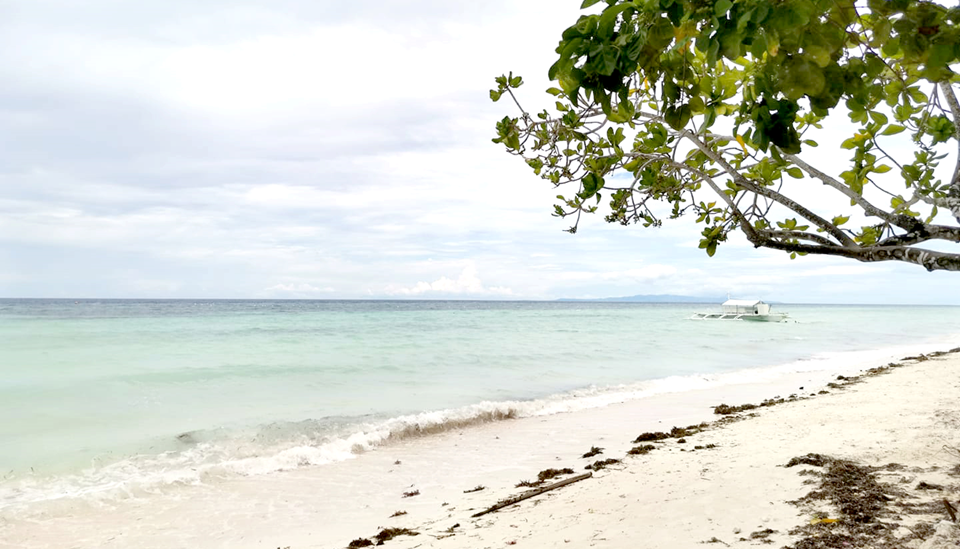NOTE: This story was first published in The Bohol Chronicle’s Sunday print edition.
The Bohol economy, in general, appeared nearing the brink of collapse three months after strict lockdown due to the widening fallout from the COVID-19 pandemic even as government officials are racing against time to resuscitate it.
Economic drivers such as tourism, trade, remittances and consumption have suffered amid the two-month-long province-wide lockdown. Fortunately, agriculture appeared to have survived aside from some hitches, such as the lack of water due to prolonged drought.
ITEMIZED TOURISM LOSSES
Governor Arthur C. Yap has estimated that more than P1.14 billion may have been lost from the tourism industry.
The estimate was based on the number of accommodations of some 4,753 rooms. Almost all of these (rooms) in the tourism industry of Bohol were virtually empty during the period March to May this year.
With this, the industry loses some P300 million in monthly income and the government P90 million in taxes. That is the basis of the majority of the total loss estimate.
The tourism sector lost some 10,000 jobs, including those tourism-related and allied services, which means 10,000 families adversely affected.
Earlier, he estimated that overall some 100,000 lost their jobs, apparently including other industries in the province.
TOURISM REOPENING?
In premier tourist Panglao town, Mayor Leonila Montero has started to make moves to reopen the once vibrant tourism, particularly along the most popular Alona beach.
Now, the place and other beach stretches, like Doljo beach on the other side of the town, are tagged as ghost towns.
Some posh resorts, including five-star class ones, resorted to accepting returning Boholano Overseas Filipino Workers (OFWs) for mandatory 14-day quarantine apparently just to earn and for humanitarian reasons, according to a reliable source here.
He said that say, a resort would accept some 100 OFWs quarantining at P2,000/person/day it would earn some P200,000/day.
OFW BLACKEYE
On remittances from OFWs, the province felt the pinch of reduced dollar remittances from OFWs who are already starting to come home after being laid off as the pandemic swept across the world.
The province used to be a beneficiary of more than P20 billion remittances.
An OFW (name withheld) said that she has to go home after her master decided to lay her off. She’s now undergoing her ‘ordeal’ at the local quarantine facility in an elementary school of the town since she did not have money to go to posh resorts in Panglao where her companions are being isolated.
Provincial Administrator Atty. Kathyrin Pioquinto bared during the press briefing on Friday that the Overseas Workers Welfare Administration (OWWA) has already run out of money to help the returning OFWs after spending for OFWs isolation in Manila for several weeks.
When asked what would be the overall economic impact of the pandemic in the province, Governor Yap has yet to categorically answer. But he said that his office and other agencies tasked to do are still gathering data on this score.
NATIONAL ECONOMIC STIMULUS PLAN
And he delved on agriculture and bared some interventions to keep it afloat. He’s just worried that the economic stimulus package to the tune of P1.3 trillion was not tackled and approved since Congress took a summer recess last week and will be back sometime in July.
With this in mind, the governor said that his administration would just do what are available resources to help alleviate the sad plight of the peasants.
AGRICULTURE INITIATIVES
He made mention of the Department of Agriculture’s intervention for the same purpose.
He said that farm-gate prices of rice appeared to be stable but not with the coconut.
Based on ArtYAp Bohol FB post, some of the interventions injected by the provincial government are:
TARGETS UNDER THE ADVANCED RICE TECHNOLOGY
• 20,000 hectares of irrigated ricefields shifting to hybrid variety to be able to increase the yield to 160 cavans per hectare (ART160 program)
• 20,000 hectares of rainfed ricefields shifting to inbred variety to be able to increase the yield to 120 cavans per hectare (ART120 program)
RELATED AGRICULTURAL TARGETS
• 20,000 hectares of corn (initial target) to support the production of feeds for the livestock and poultry industry because, at this time, only one percent of farmlands are into corn
• 1,000 hectares of fish ponds as the initial target, where the provincial government will provide the fingerlings and the equipment
• Mechanization of farming
• Cultivation of high-value crops and vegetables while waiting for the harvest season for palay and corn
• Making potable and farm water available in the remaining waterless barangays by tapping water sources and constructing solar-powered pumping stations to be complemented by the concerned municipal governments with the piping system
THE DAIRY PROJECT
• Bohol positions to be the dairy capital of Central Visayas
• While Ubay hosts the Philippine Carabao Center in Bohol, Mabini hosts the dairy enrolment, breeding services and animal clinic. (rvo)

